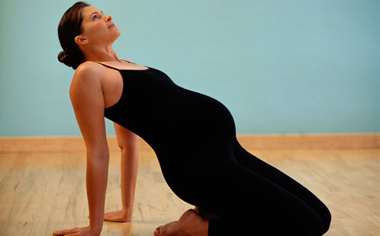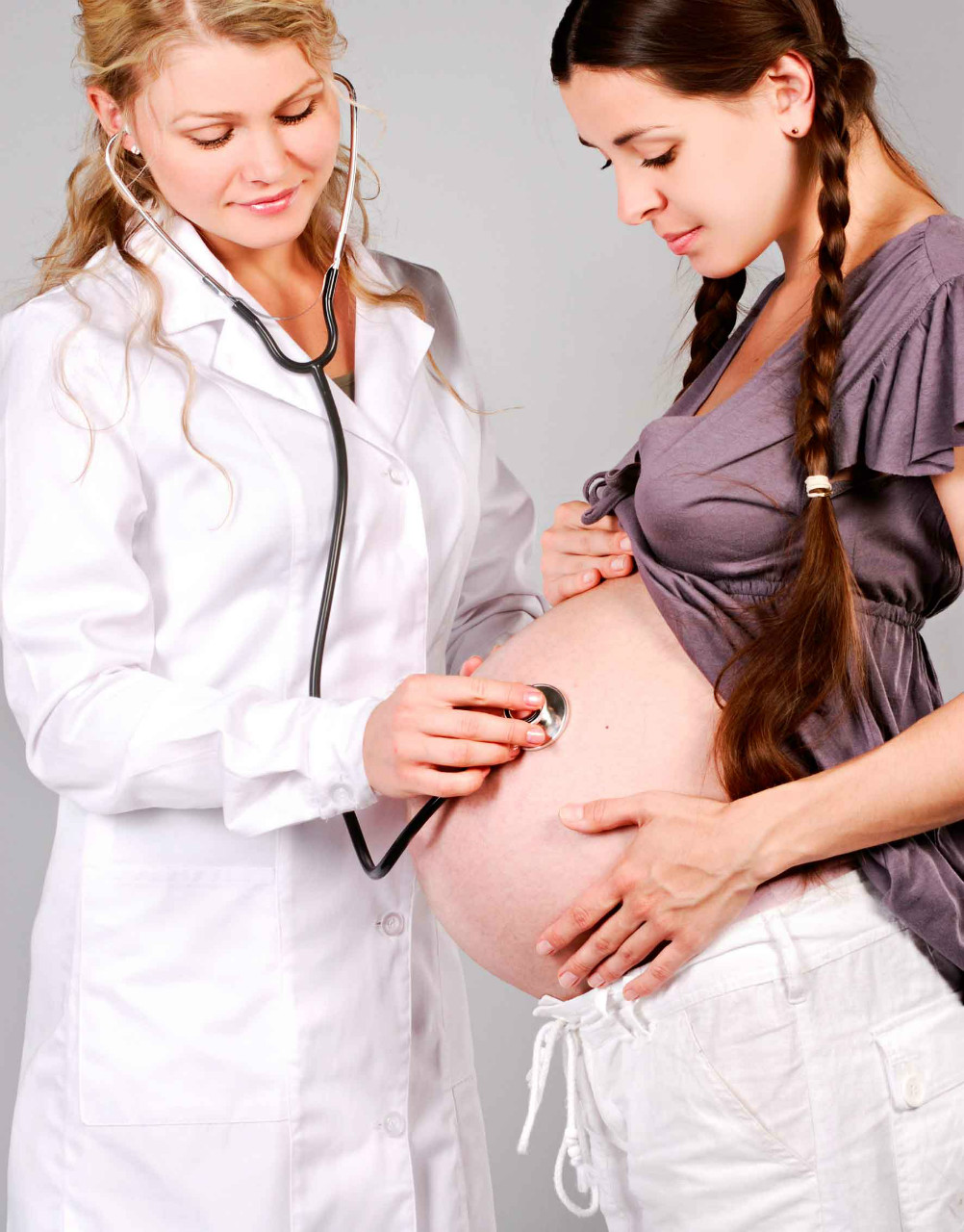WELCOME
WELCOME TO OUR WEBSITE NUTRITION WORLD BREAST
where you will find advice, tips, articles, book reviews, Highlights and you can have your say on this your world that is created specially for you and your baby

Baby makes three. Are you ready?
Make sure you take a multivitamin with folic acid. Try to get to a healthy weight before pregnancy and visit your health care provider for a checkup before pregnancy.
If you're using birth control to manage when and how often to get pregnant, learn more about how these methods work and how to stop using them when you’re ready to have a baby.
Before getting pregnant, think about the emotional and lifestyle issues you'll face as a parent. Talk to your partner about the values you share or concerns you both have about starting a family.
Many new parents are surprised by how expensive a baby can be. But if you talk to your partner and plan ahead, these new costs will be easier to manage.

Goals for Healthy Eating When Pregnant
- Eat a variety of foods to get all the nutrients you need. Recommended daily servings include 6-11 servings of breads and grains, two to four servings of fruit, four or more servings of vegetables, four servings of dairy products, and three servings of protein sources (meat, poultry, fish, eggs or nuts). Use fats and sweets sparingly.
- Choose foods high in fiber that are enriched such as whole-grain breads, cereals, pasta, rice, fruits, and vegetables.
- Make sure you are getting enough vitamins and minerals in your daily diet while pregnant. You should take a prenatal vitamin supplement to make sure you are consistently getting enough vitamins and minerals every day. Your doctor can recommend an over-the-counter brand or prescribe a prenatal vitamin for you.
- Eat and drink at least four servings of dairy products and calcium-rich foods a day to help ensure that you are getting 1000-1300 mg of calcium in your daily diet during pregnancy.
- Eat at least three servings of iron-rich foods per day to ensure you are getting 27 mg of iron daily.
- Choose at least one good source of vitamin C every day, such as oranges, grapefruits, strawberries, honeydew, papaya, broccoli, cauliflower, Brussel sprouts, green peppers, tomatoes, and mustard greens. Pregnant women need 70 mg of vitamin C a day.
- Choose at least one good source of folic acid every day, like dark green leafy vegetables, veal, and legumes (lima beans, black beans, black-eyed peas and chickpeas). Every pregnant woman needs at least 0.4 mg of folic acid per day to help prevent neural tube defects such as spina bifida.
- Choose at least one source of vitamin A every other day. Sources of vitamin A include carrots, pumpkins, sweet potatoes, spinach, water squash, turnip greens, beet greens, apricots, and cantaloupe.

during pregnancy
- Some women think that pregnancy is a time to sit back and put their feet up. Not so! For most women, it’s important to exercise during pregnancy. In fact, it has many health benefits.
- Healthy pregnant women need at least 2½ hours of exercise each week. This is about 30 minutes each day. If this sounds like a lot, don’t worry. You don’t have to do it all at once. Instead, split up your exercise by doing something active for 10 minutes three times each day.
Why is exercise during pregnancy good for you?
For healthy pregnant women, exercise can:Can exercise during pregnancy hurt your baby?
- Keep your heart, body and mind healthy
- Help you feel good and find the extra energy you need
- Help you stay fit and gain the right amount of weight during pregnancy
- Ease some of the discomforts you might have during pregnancy, like constipation, backaches, trouble sleeping and varicose veins (swollen veins)
- Prevent health problems like preeclampsia and gestational diabetes
- Help your body get ready to give birth
- Reduce stress
-
Exercise is safe for most healthy pregnant women. With your health care provider’s OK, exercising during pregnancy is safe for you and your baby. Talk to your health care provider before you start any exercise program. Ask about what kinds of exercise are safe for you to do.
Can all pregnant women exercise?
No. Not every woman should exercise during pregnancy. Don’t exercise if you have:Ask your provider if it’s safe for you to exercise if:
You have a health problem, like anemia, high blood pressure, diabetes, a thyroid
- Heart problems that affect blood flow
- Preterm labor. Preterm labor is labor that happens too early, before 37 completed weeks of pregnancy.
- An incompetent cervix. This is a cervix that opens too early, before the baby is full term.
- Lung disease
- A pregnancy with twins, triplets or more. Being pregnant with multiples increases your chances for having preterm labor.
- Vaginal bleeding during the second or third trimesters (from 4 months of pregnancy on) that doesn’t go away
- Ruptured membranes (when your water breaks)
- Preeclampsia
- Placenta previa. This is when the placenta sits low in the uterus and covers all or part of the cervix. The placenta supplies the baby with fo
Are there any types of exercise that aren’t safe during pregnancy?
Be careful and check with your provider when choosing your activities. During pregnancy, avoid:- Anything that might hurt you or cause you to fall, like horseback riding, downhill skiing, gymnastics or bike riding
- Any sport where you might get hit in the belly, like ice hockey, kickboxing, soccer or basketball
- After the third month of pregnancy, any exercises that make you lie flat on your back. Lying on your back can limit the flow of blood to your baby.
- Any sport that has a lot of jerky, bouncing movements
- Scuba diving. This can lead to dangerous gas bubbles in your baby's blood vessels.
- Exercising at high altitudes (more than 6,000 feet) because it can lower the amount of oxygen that reaches your baby.
- Exercising outside on hot, humid days because your body can overheat. Also, stay out of saunas, hot tubs and steam rooms.
When you exercise, drink lots of water. Pay attention to your body and how you feel. Stop exercising and call your provider if you have any of these signs:
- Vaginal bleeding
- Dizziness
- Trouble breathing
- Headache
- Chest pain
- Muscle weakness
- Pain or swelling in your lower legs
- Contractions
- Leaking amniotic fluid
- Your baby stops moving.
Does pregnancy change how your body responds to exercise?
During pregnancy, your body changes in many ways. When you’re exercising, you may notice these changes:- Breathing: You need more oxygen when you’re pregnant, especially in your second and third trimesters. Your growing belly puts pressure on your lungs, making them work harder in a smaller space. You may even find yourself feeling short of breath at times.
- Heart rate: Your heart works harder and beats quicker during pregnancy to get oxygen to your baby. You may have less energy for exercise.
- Body temperature: You start sweating sooner than you did before pregnancy. To protect yourself and your baby from overheating, your body starts sweating at a lower body temperature.
- Balance: As your body changes during pregnancy, so does your sense of balance. You may notice that you lose your balance more easily.
- Joints: Your hormones (chemicals made by the body) are at high levels during pregnancy. This can make the tissues in your body more relaxed. Try to avoid any movements that may strain or hurt your joints.
Can exercise during pregnancy help you after pregnancy?
Yes. Once your baby is born, exercise can help you regain your energy and get back to your prepregnancy weight. It also can help prevent the baby blues. Baby blues are feelings of sadness that some women have in the first few days after having a baby.Once your baby is born, when can you start exercising again?
You may feel ready to exercise again a few days after your baby is born. Or you may want to wait longer. With your health provider's OK, you can start light exercise as soon as you feel up to it.If you were active during your pregnancy, it’s easier to get back into exercise after your baby is born. Just be sure to start slowly. If you feel pain or have other problems during exercise, stop doing the activity and talk to your provider. If you had a cesarean section, don’t exercise until your provider says it’s OK. A c-section is surgery in which your baby is born through a cut your provider makes in your belly and uterus.




Pregnancy complications
.jpg)

Fifth disease and pregnancy
Fifth disease is a common childhood illness that’s usually pretty mild. But if you get infected during pregnancy, it may hurt your baby.
What causes fifth disease?
Fifth disease is caused by a virus called parvovirus B19. It’s called fifth disease because many years ago, it appeared fifth in a list of common causes of childhood rash and fever. It usually spreads through the air from an infected person's cough or sneeze.
What problems does fifth disease cause in pregnancy?
Most unborn babies are not harmed if their mother gets fifth disease. But some babies do become infected. The virus can make it hard for babies to make red blood cells, which can lead to:
- A dangerous form of anemia. Anemia is when you don’t have enough healthy red blood cells to carry oxygen to the rest of your body.
- Heart failure
- Miscarriage, when a baby dies in the womb before 20 weeks of pregnancy
- Stillbirth, when a baby dies in the womb before birth, but after 20 weeks of pregnancy
What are the symptoms of fifth disease?
Symptoms in children include:
- A rash on the face that looks like a slapped cheek. Rash also can appear on a child’s arms, legs and torso (trunk of the body). Rash is the most common sign in children.
- Fever
- Headache
- Sore throat
- Joint pain
Infected adults often have pain and swelling in their joints and sometimes mild flu-like symptoms. Adults usually don’t get a rash. Symptoms in both children and adults generally appear between 4 and 21 days after infection.
If you think you’ve come in contact with fifth disease or have symptoms that may be caused by it, tell your health care provider immediately. If you have a rash, your health care provider may be able to diagnose fifth disease during a physical exam. If you don’t have a rash, blood tests can help determine if you have fifth disease.
Who is at risk of getting fifth disease?
People with young children and who work with children (such as child care providers and teachers) are most likely to come in contact with fifth disease and get infected.
How can you avoid fifth disease during pregnancy?
Here are some ways to protect yourself from getting infected:
- Wash your hands well after being around children.
- Carefully throw away tissues used by children.
- Don’t share drinking glasses, cups, forks or other utensils with anyone who has fifth disease or who is in contact with someone who has fifth disease.
How is fifth disease treated?
There is no treatment. Fifth disease usually is mild and goes away on its own.
If you’re pregnant and become infected, your health care provider monitors your pregnancy carefully for problems with your baby. He may recommend that you have an ultrasound once a week or every other week for 8 to 12 weeks. If ultrasound doesn’t show any problems, you don’t need any more testing.
If an ultrasound shows that your baby is having problems, your provider may recommend amniocentesis to confirm the infection. If your baby has fifth disease, chances are the infection will go away on its own. Your provider may monitor your baby’s health during routine prenatal care visits.
Fifth disease causes severe anemia in the babies of fewer than 5 percent of infected pregnant women. Severe anemia can cause hydrops, a buildup of fluid in your baby’s body. Hydrops can lead to a baby’s heart failure and death. If an ultrasound shows that your baby has hydrops, your provider may use a special procedure called cordocentesis to check the severity of your baby’s anemia. During this test, your provider inserts a thin needle into an umbilical cord vein to take a small sample of your baby’s blood for testing.
If your baby has severe anemia, your provider may be able to treat it by giving her a blood transfusion through the umbilical cord. Blood transfusion is having new blood put into your body. In most cases, the anemia isn’t severe and your provider may simply monitor your baby for any new health problems before birth.
If your baby has hydrops from fifth disease during the third trimester, you may need to be induced to give birth early. Your provider can talk to you about birth and treatment options for your baby.
Terms and Definitions nutrition
Nutrition et grossesse : questions fréquentes
Enceinte : dois-je modifier mon alimentation ?
On l’a vu, la réponse est non dès lors que vous n’aviez pas de problème de poids préalablement à la conception. Sinon, un avis spécialisé est requis.
Quel régime alimentaire dois-je suivre pour vivre au mieux ma grossesse et pour que mon futur bébé naisse en pleine forme ?
Le meilleur régime est celui réclamé par votre appétit. Cela ne veut pas dire de développer des troubles du comportement alimentaire en cédant à tout, tout le temps. Cela signifie de rester active et de ne pas se transformer en patates de canapés.
Dois-je compléter mon alimentation par des vitamines et/ou des oligo-éléments ?
Dans nos pays industrialisés, une alimentation équilibrée telle qu’elle est recommandée en dehors de la grossesse assure des apports adéquats de la majorité des nutriments. Il n’est pas question de supplémenter les femmes enceintes systématiquement en compléments vitaminiques et oligoéléments. Cependant une attention particulière devra être portée à la consommation d’iode, de calcium, de vitamine D, de fer et d’acide folique.
Quelle alimentation pour développer le cerveau de bébé ?
Privilégier l’allaitement qui permet un apport adéquat en acides gras en particulier saturés et mono insaturés essentiels pour la maturation cérébrale. Diversifier votre alimentation au maximum.
Comment lutter contre les petits troubles digestifs de la grossesse? Prenez votre temps pour manger, ne vous pressez pas, gérer votre stress grâce à la relaxation (la sophrologie est très intéressante également). Évitez les excitants comme le thé, le café. Prenez des vêtements amples, non serrés à la
Comment gérer au mieux mes fringales ?
Apprenez à manger lentement sans précipitation, dans le calme (arrêtez la TV !), en mâchant et donc en se concentrant sur ce que l’on porte à sa bouche. On peut faire des collations sans que cela s’apparente à des grignotages dès lors que l’on construit cela intelligemment.
Est-il toujours possible de déjeuner sur le pouce ? On peut manger un sandwich avec un fruit, cela est parfaitement compatible avec une hygiène alimentaire. Mais manger sur le pouce ne signifie pas manger debout ou devant son ordinateur. La digestion se fera dans de mauvaises conditions et les signaux de satiété seront perturbés.
Que faut-il manger quand on allaite ?
Évitez de manger des aliments à goût très relevé (ail, échalotes etc.), épicé. Votre enfant n’aimera pas forcément.





